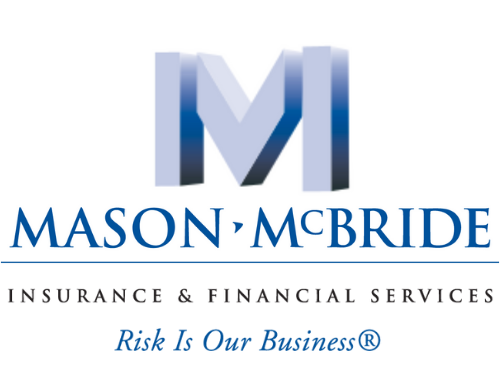Effective January 1, 2024, the Occupational Safety and Health Administration (OSHA) implemented new electronic reporting requirements for workplace injuries and illnesses.
Does your business meet the new OSHA standards? Learn how these changes could affect your recordkeeping process and how Risk Management Information Systems (RMIS) can help.
What Do Companies Need to Do?
The OSHA rules mandate that companies with 100+ employees in specific industries must electronically submit data from OSHA Forms 300 and 301 annually. These forms track injuries, illnesses, restricted work, and job transfers.
Why Legal Names Matter in OSHA Submissions
To ensure accuracy, employers must also include their legal company name when submitting data.
What Will Be Made Public?
OSHA intends to publish some of the data from the annual submissions on a public website to enable workers and employers to make more informed decisions about their workplace’s safety and health.
Understanding the Broader Impact
The new OSHA electronic recordkeeping rule represents a major step toward stronger workplace safety and transparency.
It also presents new challenges for employers who must ensure compliance.
Traditional vs. Modern OSHA Compliance Methods
Traditional safety compliance methods often demanded extensive manual data entry, paper recordkeeping, and risk penalties for errors.
These processes drain resources. As a result, many organizations have transitioned to more efficient, cost-effective solutions to reduce administrative workloads.
Benefits of Using a Risk Management Information System (RMIS)
For businesses looking to adapt to the current compliance landscape, embracing a Risk Management Information System (RMIS) can be a powerful option.
With a Risk Management platform, organizations can ease the burden of recordkeeping and gather vital safety insights to ensure compliance and improve safety outcomes.
How Mason-McBride and Aclaimant Help
At Mason-McBride we have partnered with Aclaimant to offer a Risk Management solution that not only helps facilitate OSHA electronic recordkeeping compliance but also aggregates data that can be used to create a safer workplace.
Our platform adds risk management tool that organizations can use to provide analytics and reports to advance workplace safety.
Pairing this tool with the risk management expertise of Mason-McBride will help those we partner with focus their safety efforts where it is most needed and make OSHA compliance easier.
Key RMIS Features for OSHA Compliance
- Digital recordkeeping: Electronically store incident and safety data
- Incident trend tracking: Uncover patterns to prevent future issues
- Process efficiency: Streamline reporting workflows
- Proactive planning: Use insights to inform safety training
- Compliance gap detection: Identify and resolve issues early
- Expert-guided improvement: Pair analytics with Mason-McBride’s risk expertise
Ready for a Demo?
To better understand how our risk management platform can guide your organization’s OSHA compliance, we invite you to connect with the Mason-McBride team for a complimentary demo.
This is a chance to fully explore how our solution helps organizations stay ahead of critical compliance needs as a part of your current insurance package.
Article By: Andy Clark
For helpful tips on other popular topics, check out articles on:
